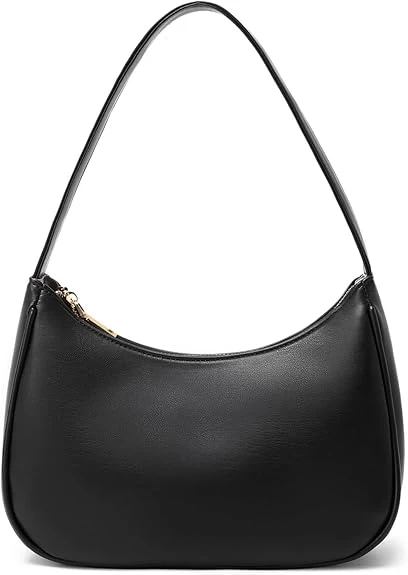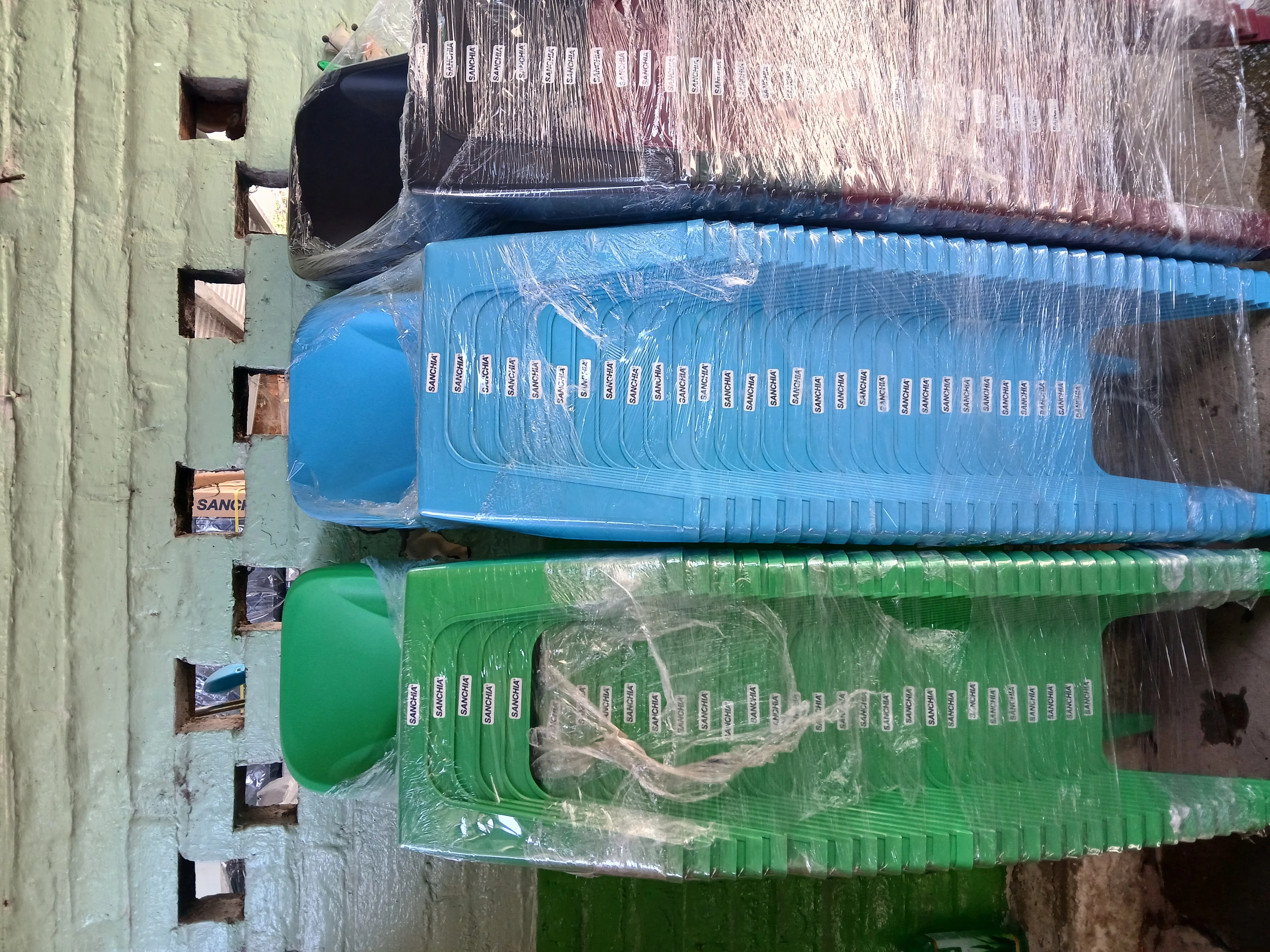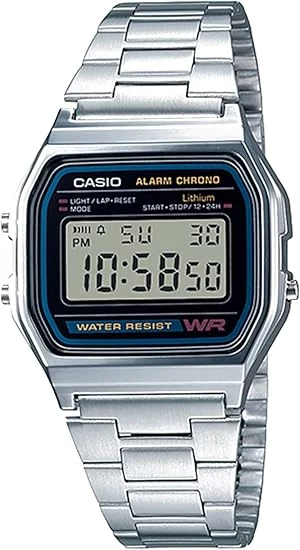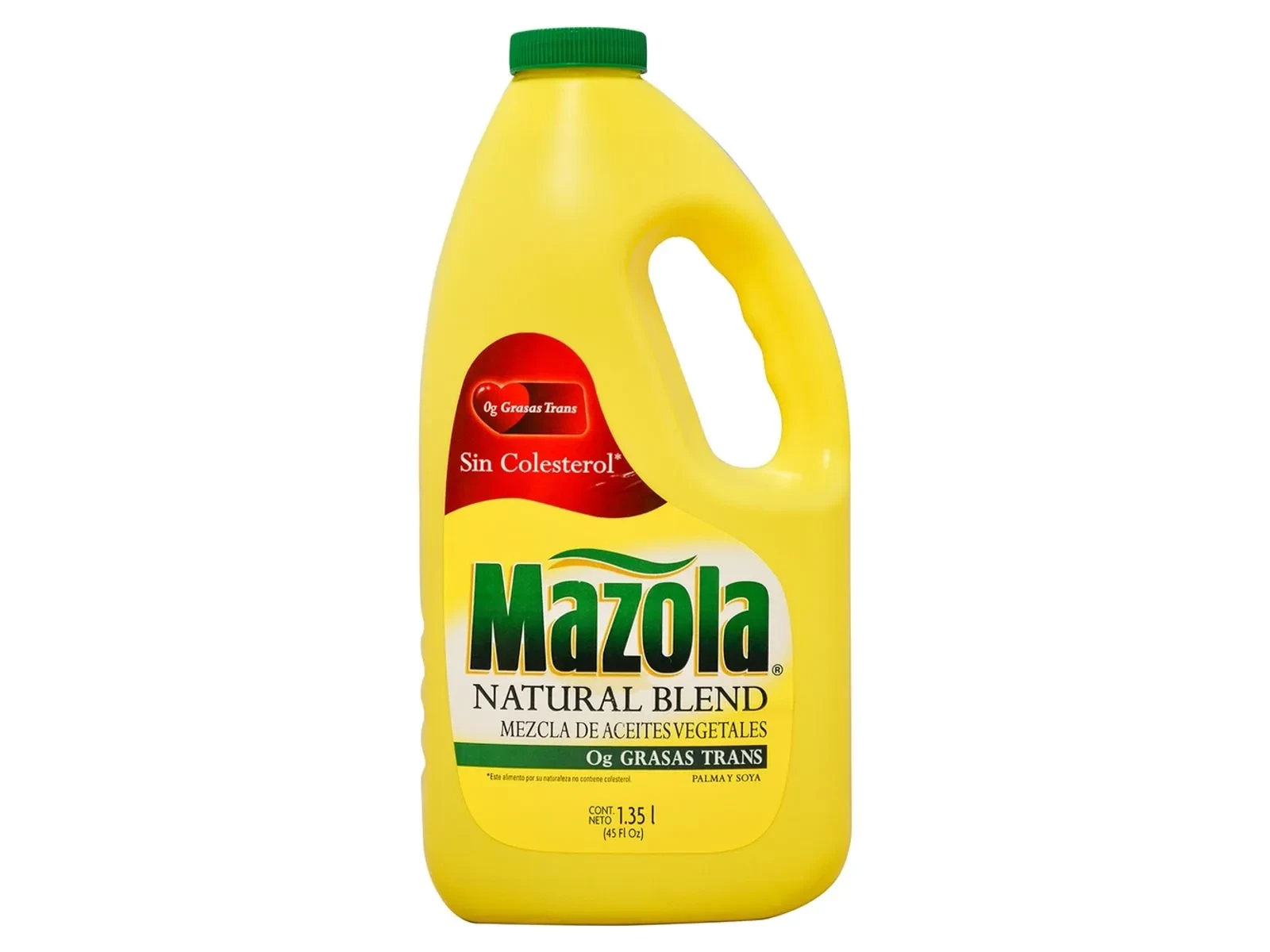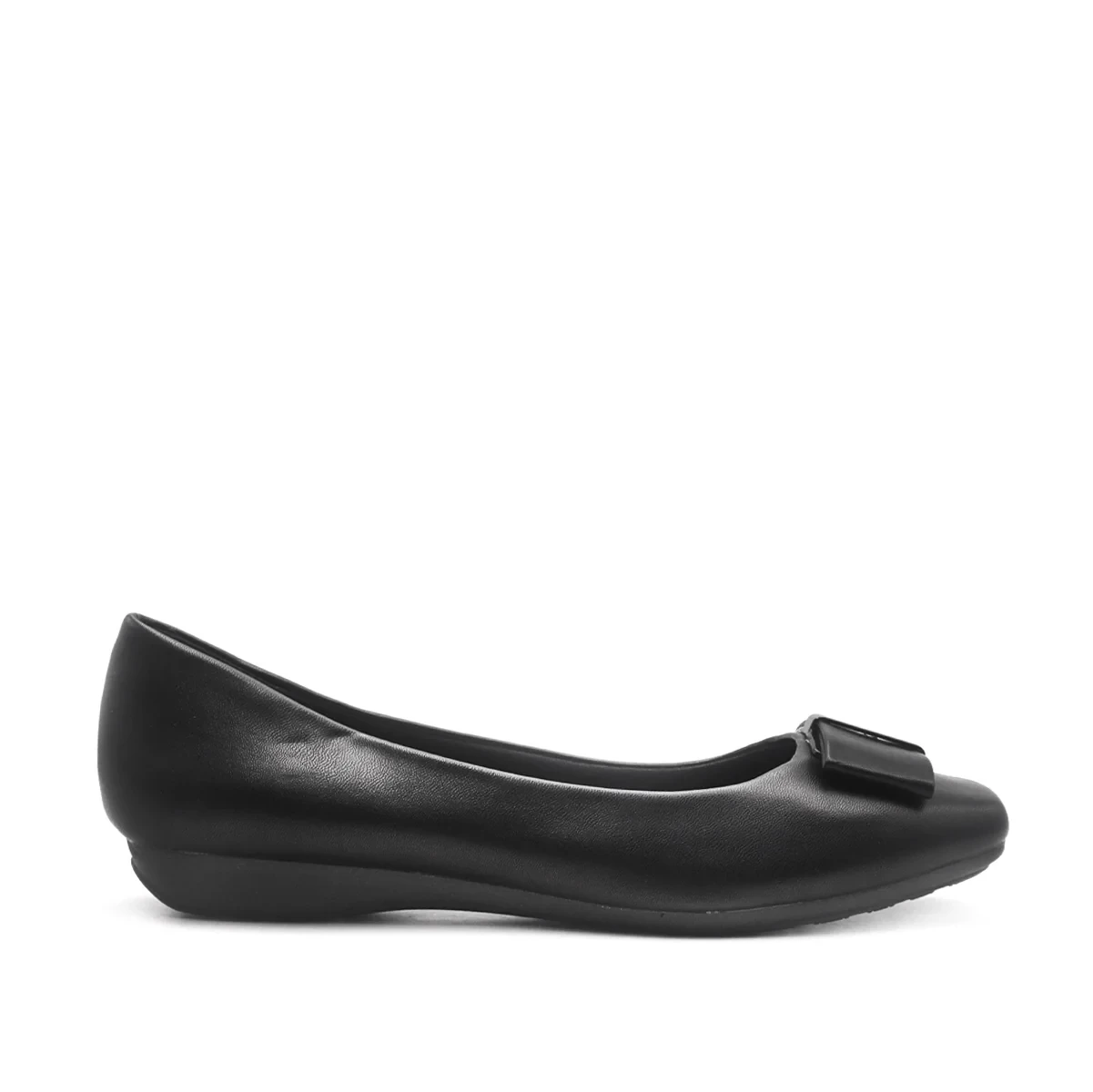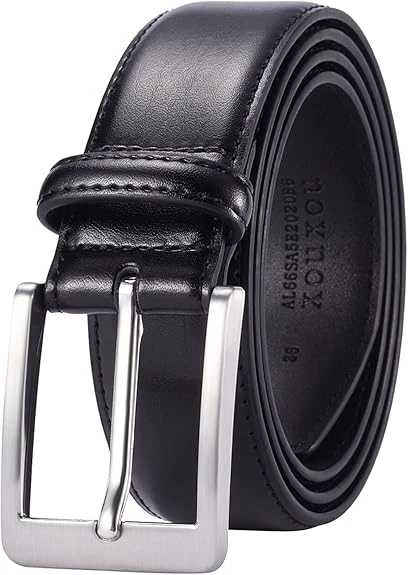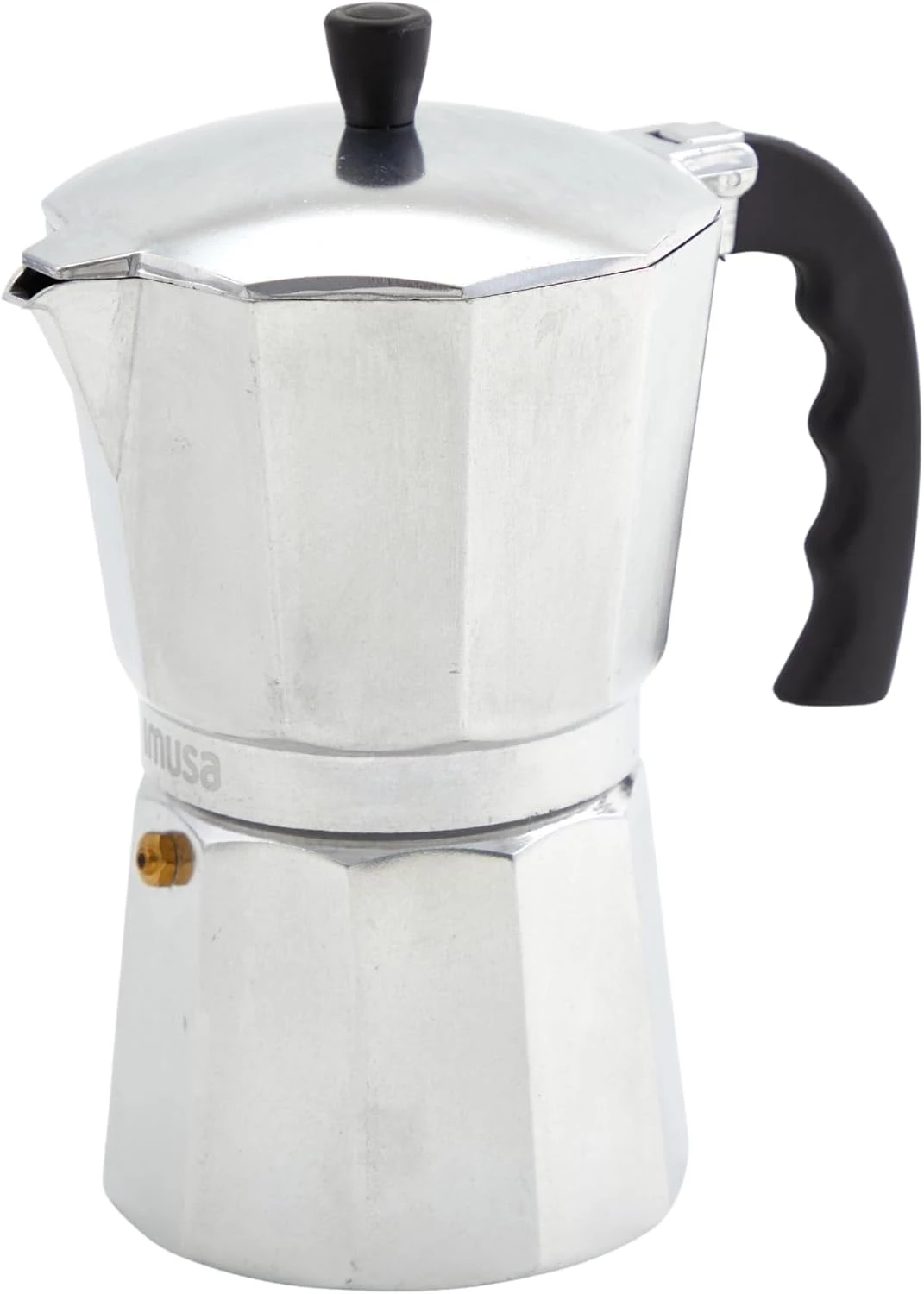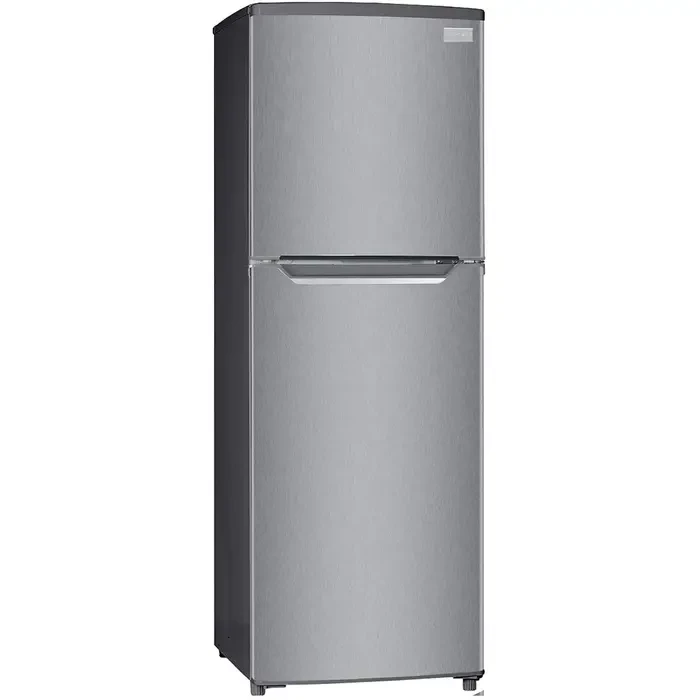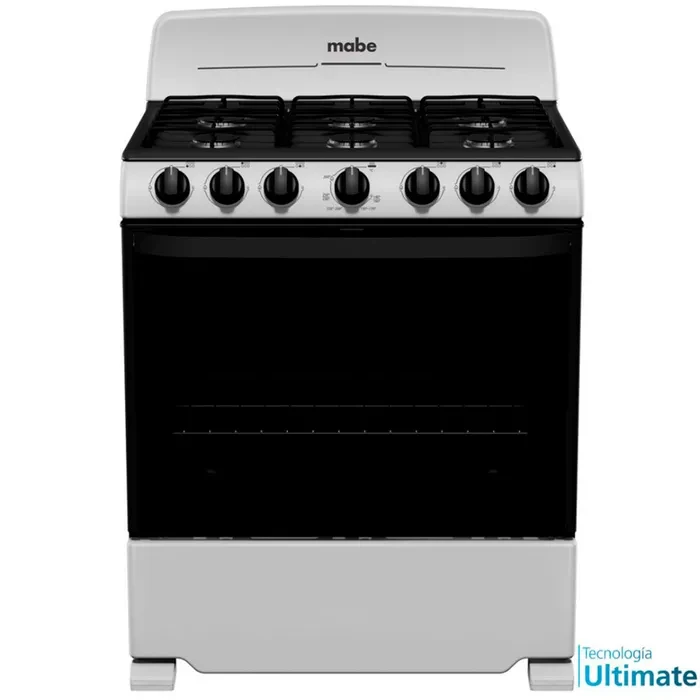-
categorías
-
 Moda para mujer
Moda para mujer
-
 Moda para hombre
Moda para hombre
- Calzado para hombre
- Relojes para hombre
-
Accesorios para hombre
- Cinturones
- Varillas para Camisa
- Mancuernas, Gemelos y Pasadores de Corbata
- Guantes y Mitones
- Abanicos
- Pañuelos
- Sombreros y Gorras
- Aros de Llaveros y Llaveros
- Bufandas
- Bandas Deportivas para la Cabeza
- Gafas y Accesorios
- Tirantes
- Corbatas, Fajas y Pañuelos de Bolsillo
- Billeteras, Tarjeteros y Organizadores
- joyería para hombre
- Ropa para hombre
-
 Moda para niño
Moda para niño
-
 Moda para niña
Moda para niña
-
Ropa para niña
- Bandas Deportivas para la Cabeza
- Ropa Interior
- Camisas y Playeras
- Trajes de Baño
- Suéteres
- Calcetines y Mallas
- Ropa de Nieve y Lluvia
- Ropa de Dormir y Batas
- Faldas y Faldashorts
- Shorts
- Pantalones y Capris
- Overoles
- Monos y Comandos
- Jeans
- Chamarras y Abrigos
- Hoodies y Sudaderas de Moda
- Vestidos
- Juegos de Ropa
- Deportiva
- Calzado para niña
- Joyería para niña
- Relojes para niña
- Accesorios para niña
- Uniformes escolares para niña
-
Ropa para niña
-
 Electrónicos
Electrónicos
- Accesorios y suministros
- Cámaras y Fotografía
- Electrónicos para autos y vehículos
- Teléfonos celulares y accesorios
- Equipos y accesorios
- GPS y navegación
- Audífonos
- Audio para el hogar
- Electrónicos de oficina
- Audio y video portátil
- Seguridad y vigilancia
- Planes de servicio
- Televisión y video
- Consolas de videojuegos y accesorios
- Proyectores de video
- Tecnología ponible
- Lectores y accesorios para libros electrónicos
-
 Computadoras
Computadoras
- Accesorios y periféricos para computadoras
- Componentes de computadoras
- Computadoras y tablets
- Almacenamiento de datos
- Componentes externos
- Accesorios para computadoras portátiles
- Monitores
- Productos para redes
- Enchufes múltiples y protectores contra sobretensiones
- Impresoras
- Escáneres
- Servidores
- Accesorios para tablets
- Repuestos para tablets
- Garantías y servicios
-
 Smart Home
Smart Home
- Funciona con dispositivos Alexa
- Iluminación de Smart Home
- Cerraduras Inteligentes y Entrada
- Cámaras y Sistemas de Seguridad
- Enchufes
- Nuevos Dispositivos Inteligentes
- Calefacción y Refrigeración
- Detectores y Sensores
- Entretenimiento del Hogar
- Mascotas
- Asistentes de Voz y Hubs
- Cocina
- Aspiradoras y Trapeadores
- Patio y Jardín
- WiFi y Conexiones de Red
- Otras Soluciones
-
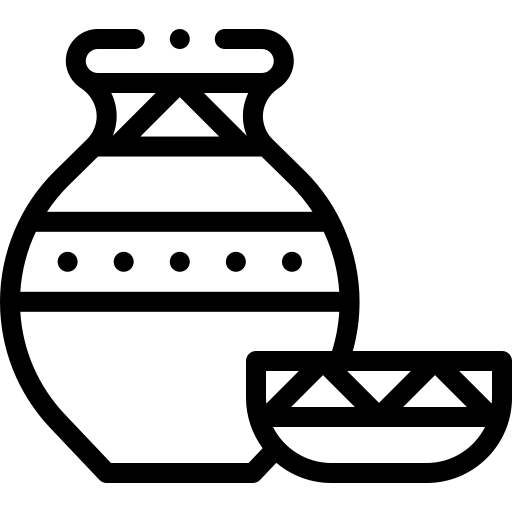 Artesanías y Bisuteria
Artesanías y Bisuteria
-
 Automotriz
Automotriz
- Cuidado de automóviles
- Electrónicos y accesorios para autos
-
Accesorios exteriores
- Persianas de Ventana
- Fundas de Vinilo y Accesorios
- Accesorios para Compuerta Trasera y Forro
- Accesorios para Remolques
- Productos de Tracción y Tornos
- Kits de Alerones, Alas y Diseño
- Portallantas de Refacción
- Hielo y Nieve
- Seguridad
- Estribos y Escalones
- Cajas y Arcos Protectores
- Faldillas Antibarro
- Espejos y Piezas
- Cubiertas y Marcos para Placas
- Bocinas y Accesorios
- Tomas de Aire y Ventilas para Capó
- Rejillas y Protectores para Rejillas
- Tapas de Tanque de Gasolina
- Tapón del Tanque de Combustible
- Acampanados y Molduras de Guardabarros
- Emblemas
- Cortavientos para Ventanilla
- Fundas para Coche
- Administración de Carga
- Parachoques y Accesorios para Parachoques
- Calcomanías y Etiquetas
- Carrocería
- Adornos para Antena
-
Accesorios interiores
- Protección Solar
- Volantes y Ejes de Volante
- Manguitos y Pomos de Cambio
- Soportes y Fundas para Asiento
- Seguridad
- Pedales
- Llaveros
- Carcasas para Llaves
- Juegos de Interiores
- Soportes de Armas
- Man
- Botes de Basura
- Tapetes y Forros de Carga
- Dispositivos Eléctricos
- Estribos de Puerta
- Portavasos
- Cubiertas
- Consolas y Organizadores
- Brújulas
- Ceniceros
- Difusores de Aroma
- Indumentaria
- Protección Antirrobo
- Ambientadores
- Luces y accesorios de iluminación
- Motociclismo y deportes de motor
- Aceites y fluidos
- Pintura y suministros para pintura
-
Partes y accesorios de rendimiento
- Interruptores y Relés
- Sistema de Dirección
- Arranques y Alternadores
- Dirección y Suspensión
- Arranque y Elementos Eléctricos
- Juntas
- Sistemas de Combustible
- Filtros
- Sistema de Escape
- Motores y Piezas del Motor
- Sistema de Enfriamiento
- Sistema de Emisiones
- Transmisión y Engranajes
- Frenos
- Correas, Mangueras y Poleas
- Rodamientos y Sellos
-
Repuestos
- Limpiaparabrisas y Partes
- Reguladores y Motores de Ventana
- Tracción y Transmisión
- Interruptores y Relés
- Sistema de Dirección
- Arranques y Alternadores
- Dirección y Suspensión
- Sensores
- Motores
- Luz y Electricidad
- Encendido y Accesorios
- Juntas
- Suministro y Tratamiento de Combustible
- Filtros
- Sistemas de Escape
- Motores y Piezas del Motor
- Sistemas de Refrigeración
- Mallas
- Cables
- Frenos
- Embellecedores y Accesorios para Carrocería
- Correas y Tensores
- Rodamientos y Juntas
- Baterías y Accesorios
- Partes y accesorios para vehículos recreativos
- Neumáticos y ruedas
-
Herramientas y equipos
- Herramientas del Limpiaparabrisas
- Herramientas de Soldadura
- Bandejas de Herramientas
- Juegos de Herramientas
- Compresores de Aire e Infladores
- Herramientas de Neumáticos y Ruedas
- Kits de Reparación de Roscas
- Compresores de Muelles
- Herramientas de Dirección y Suspensión
- Herramientas de Bujías e Ignición
- Remachadoras
- Extractores y Separadores
- Lavadoras de Partes
- Extractores de Sensores de Oxígeno
- Herramientas del Sistema de Aceite y Equipamiento
- Cables Puente, Cargadores de Batería
- Llaves de Impacto
- Kits de Reparación de Mangueras
- Herramientas de Mano
- Equipamiento de Garaje
- Herramientas del Sistema de Combustible
- Herramientas y Equipos de Motor
- Herramientas de Sistema Eléctrico
- Herramientas de Transmisión y Engranajes
- Herramientas de Diagnóstico, Test y Medidores
- Accesorios de Enfriamiento y Bombas de Agua
- Herramientas de Alineación de Embrague
- Herramientas del Balero de Ruedas
- Herramientas de Frenos
- Herramientas de Reparación del Parachoques y Carrocería
- Aplicadores
- Herramientas y Equipos de Aire Acondicionado
- Productos para aficionados a los automóviles
- Equipos para vehículos comerciales y trabajo pesado
- Amazon Autos
-




